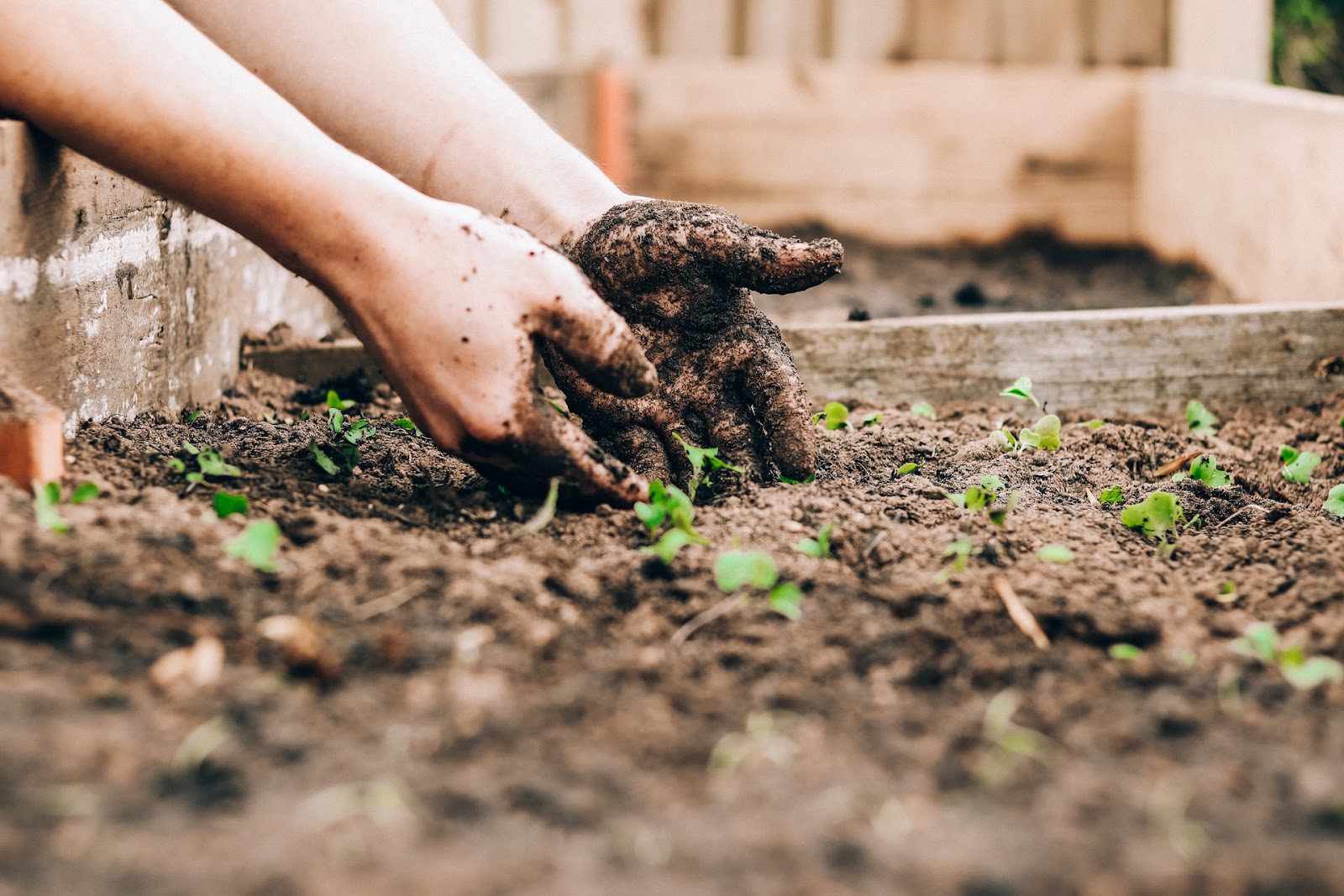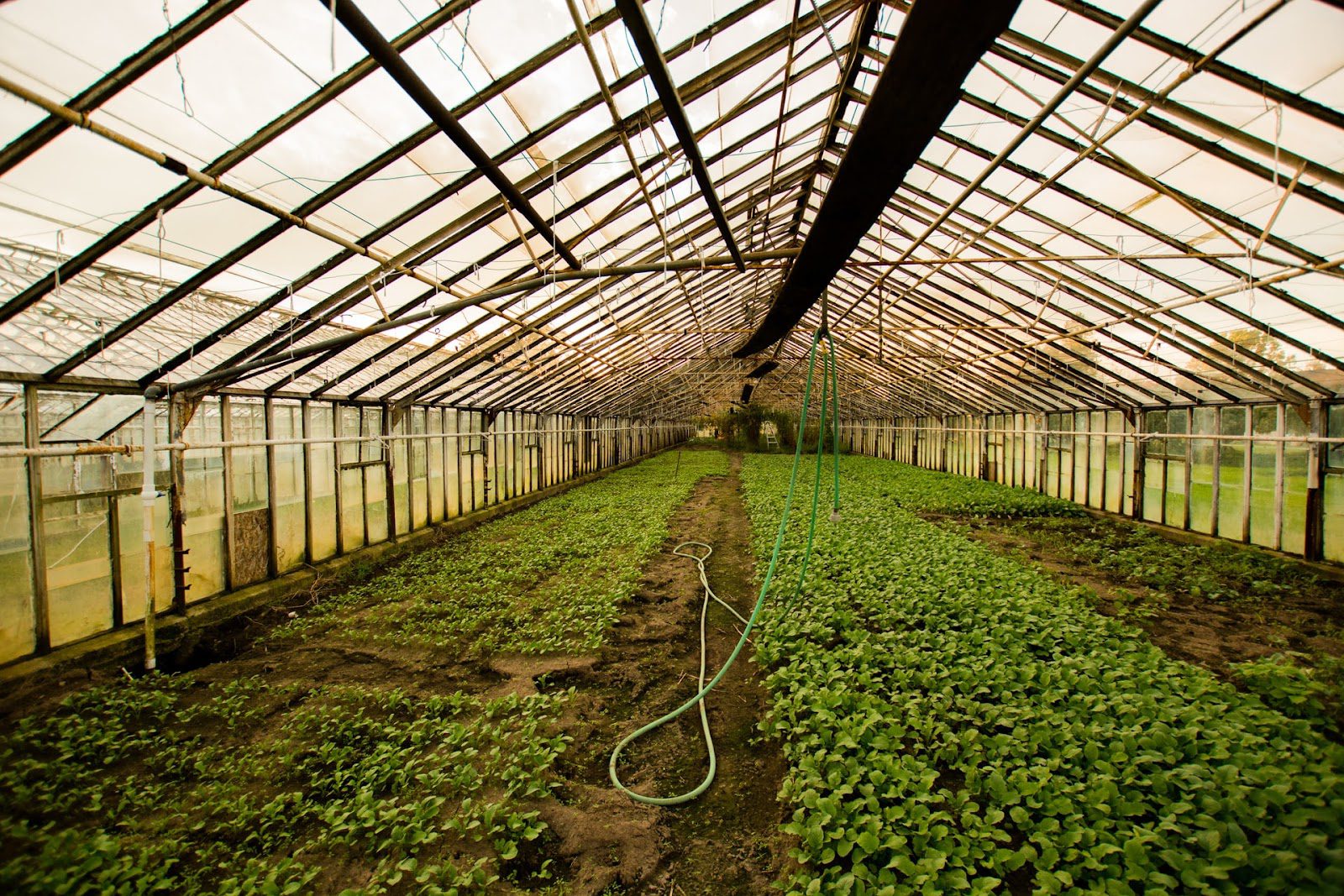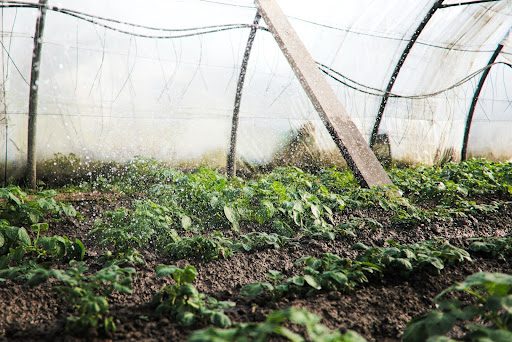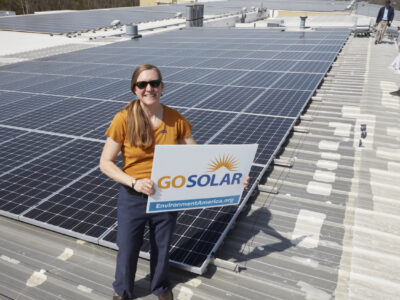When the pandemic started in spring 2020, many people started gardens in the backyard to not only pass the time – but to have fresh fruits and vegetables to eat without having to go to a store.
In fact, 25 percent of Americans started growing food at home. Many soon found out that not all plants are suited for the North American climate year-round, and turned to hydroponics indoors.
Hydroponics is a centuries-old process of growing plants indoors using water, not soil. Tomatoes, leafy greens, baby greens, cucumbers, and peppers all thrive this way.

Today, with empty grocery store shelves returning due to supply chain issues, the grow-it-yourself-at-home trend continues. Many people have found they enjoy having plants in their homes and gardens, perhaps due to the fact that watching plants has a measurable calming effect. Lower blood pressure, less muscle tension, and less fear mean hydroponics is booming. In fact, the industry is now valued at over $30 billion worldwide, with a significant growth rate of over five percent a year.
Hydroponics eliminates guessing about the weather, requires less space, and returns a greater yield. Hydroponic plants generally produce fruit for up to nine months and don’t require any special skills to tend.
Over the last few years, several American start-ups have modernized the hydroponics growing process using low-maintenance products that control both light and feeding, and include Wi-Fi-based apps that remind you when care is needed.
One of the major players in the hydroponics game is Rise Gardens. This Chicago-based company has products ranging from around $300 to $1000, depending on size. You can choose a tabletop garden or a three-level freestanding model that allows home gardeners to grow large-scale produce, including full-sized tomatoes and root veggies.
CEO Hank Adams said the reason for increased demand is two-fold: more time spent inside and an increase in people who like to cook for themselves.
“[When we are] stuck inside, we are all tired of streaming and binge-watching TV or being on our devices. And those of us who are parents, as I am, we’re looking for something to do with our kids that’s not on a screen,” he said. “The second trend is the food itself. I think people who like to cook or like great fresh food for their family have found their way to these products.”

Maryland-based Gardyn is also seeing increased demand. The company focuses on a vertical hydroponic system that takes up only two feet of space but will produce as much as a 1300-square foot outdoor garden. Gardyn has a base $799 system that includes an app with a smart assistant named Kelby that automates water and light levels. Gardyn founder FX Rouxel believes a greater focus on sustainability and a new movement to think beyond traditional farming has triggered the company’s recent success. In fact, a recent study shows that 68 percent of people would rather buy and support local produce.
Hydroponics are not only becoming common in Americans’ homes, but in larger-scale farming operations across the globe. The systems can be effective for faster growth and larger yields, helping to meet growing food demand.
Combining hydroponics with aquaculture – a method that can be stacked vertically to save space – is showing great promise for the world’s food supply. Hydroponics also allows for greater control of fertilizers and nutrients, meaning far fewer amounts of polluting fertilizers are released into the environment. It’s clear hydroponics are positively changing the way the world grows things: whether it’s by creating a calming, productive space in a home or apartment, or by shifting the dynamics of the food supply across the globe.





